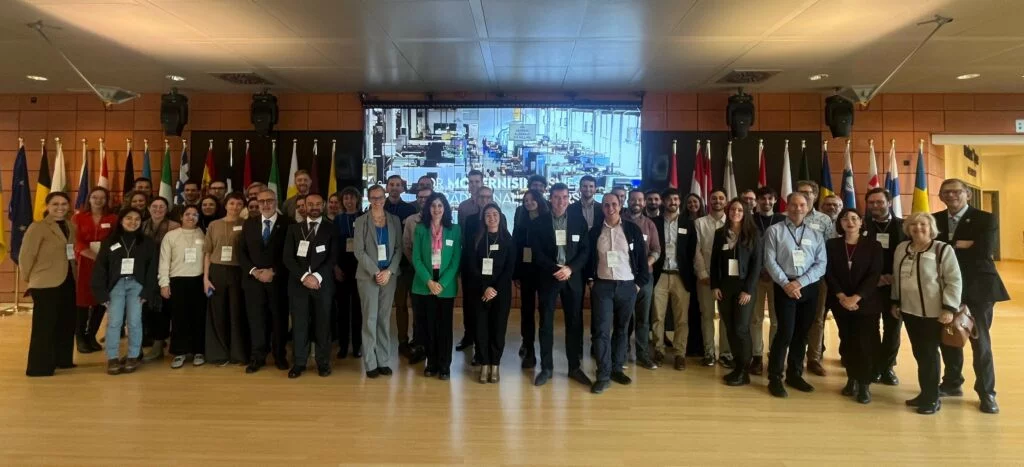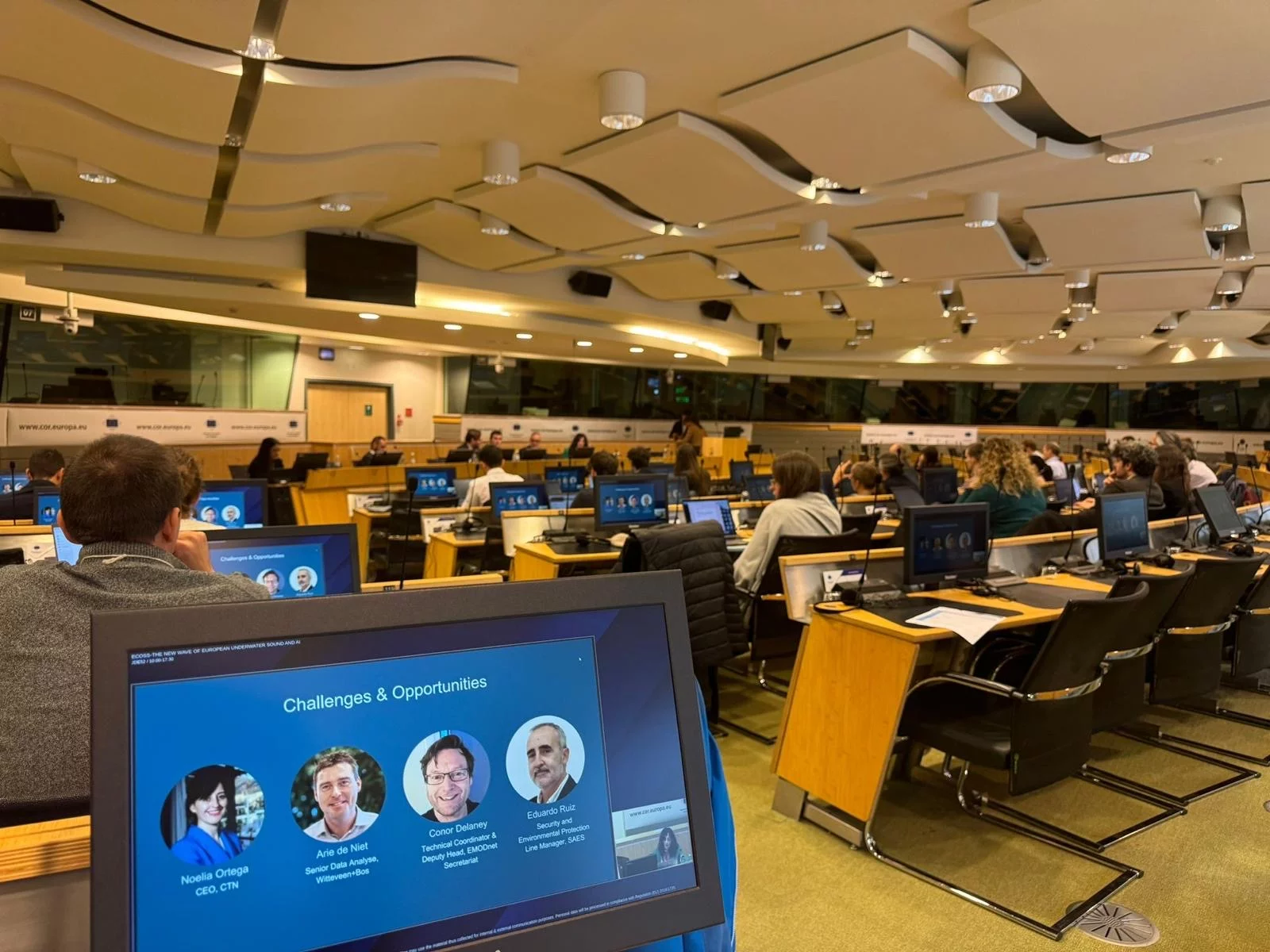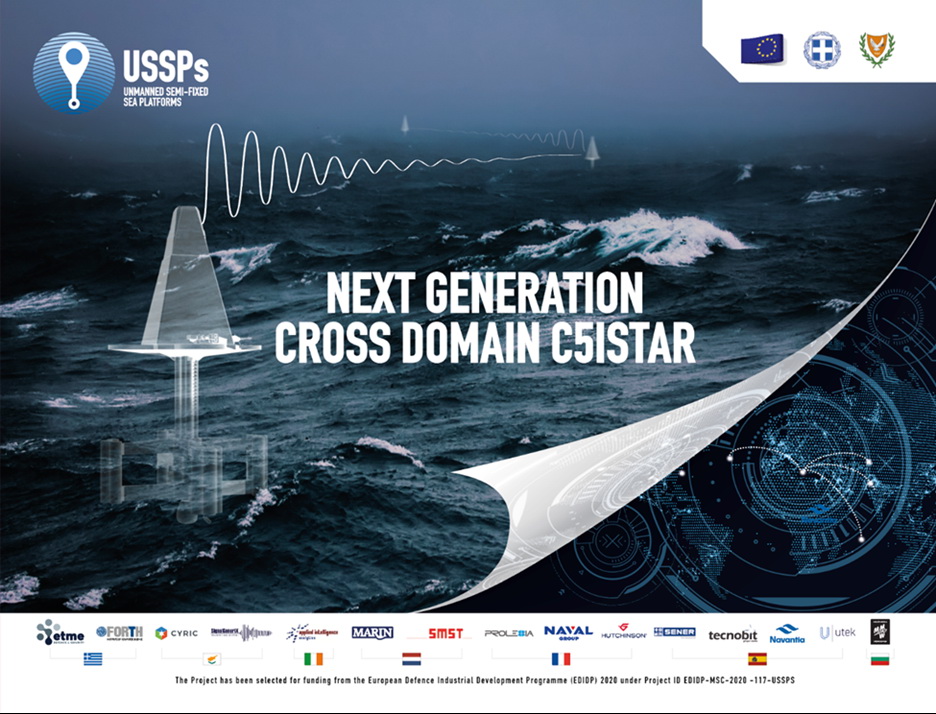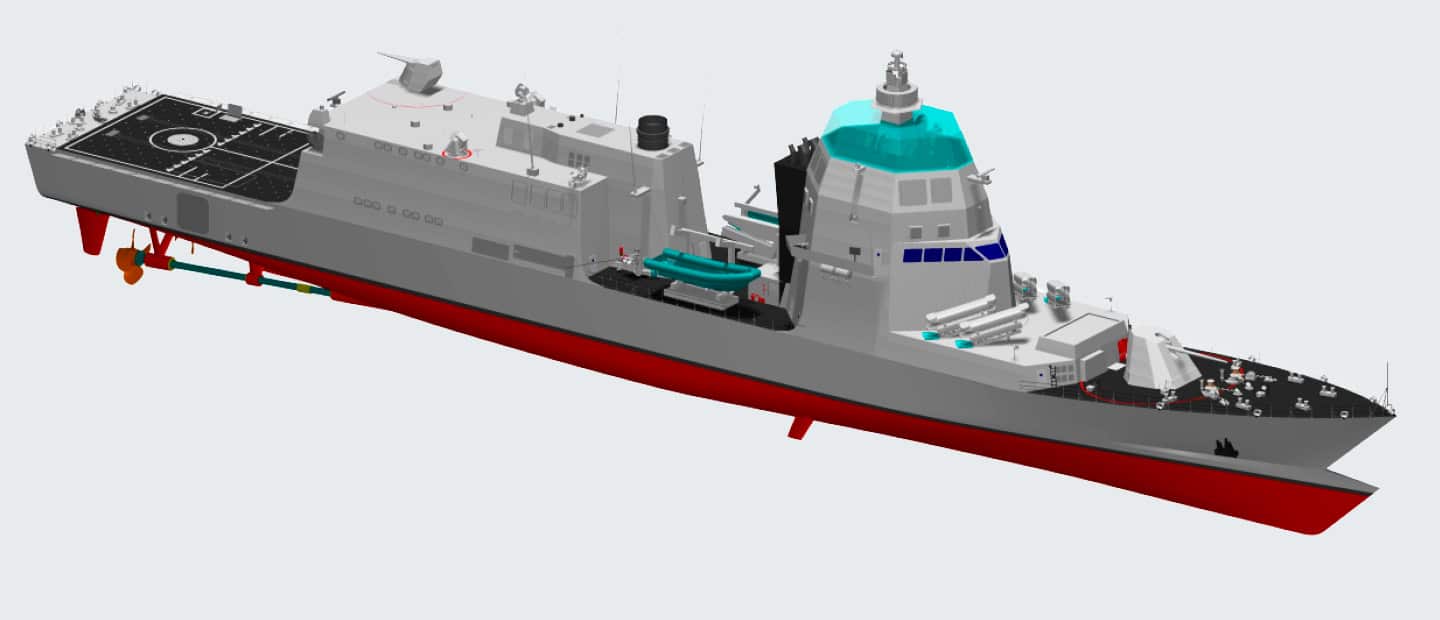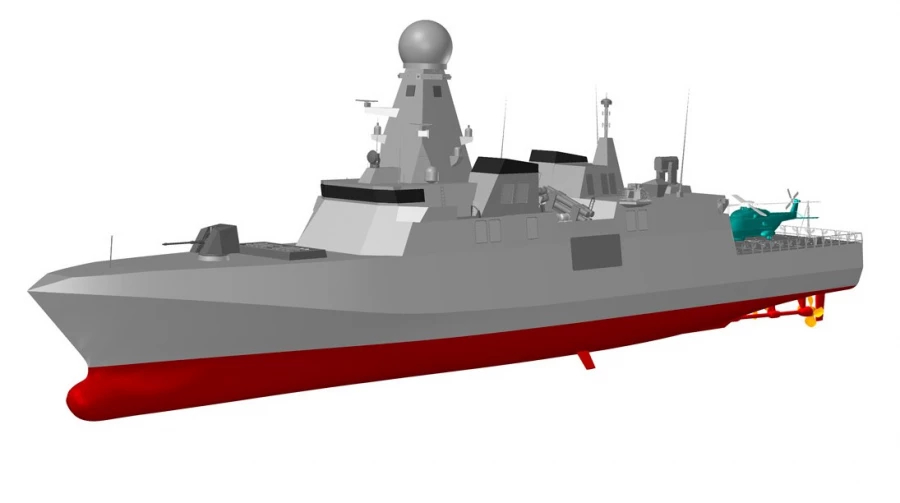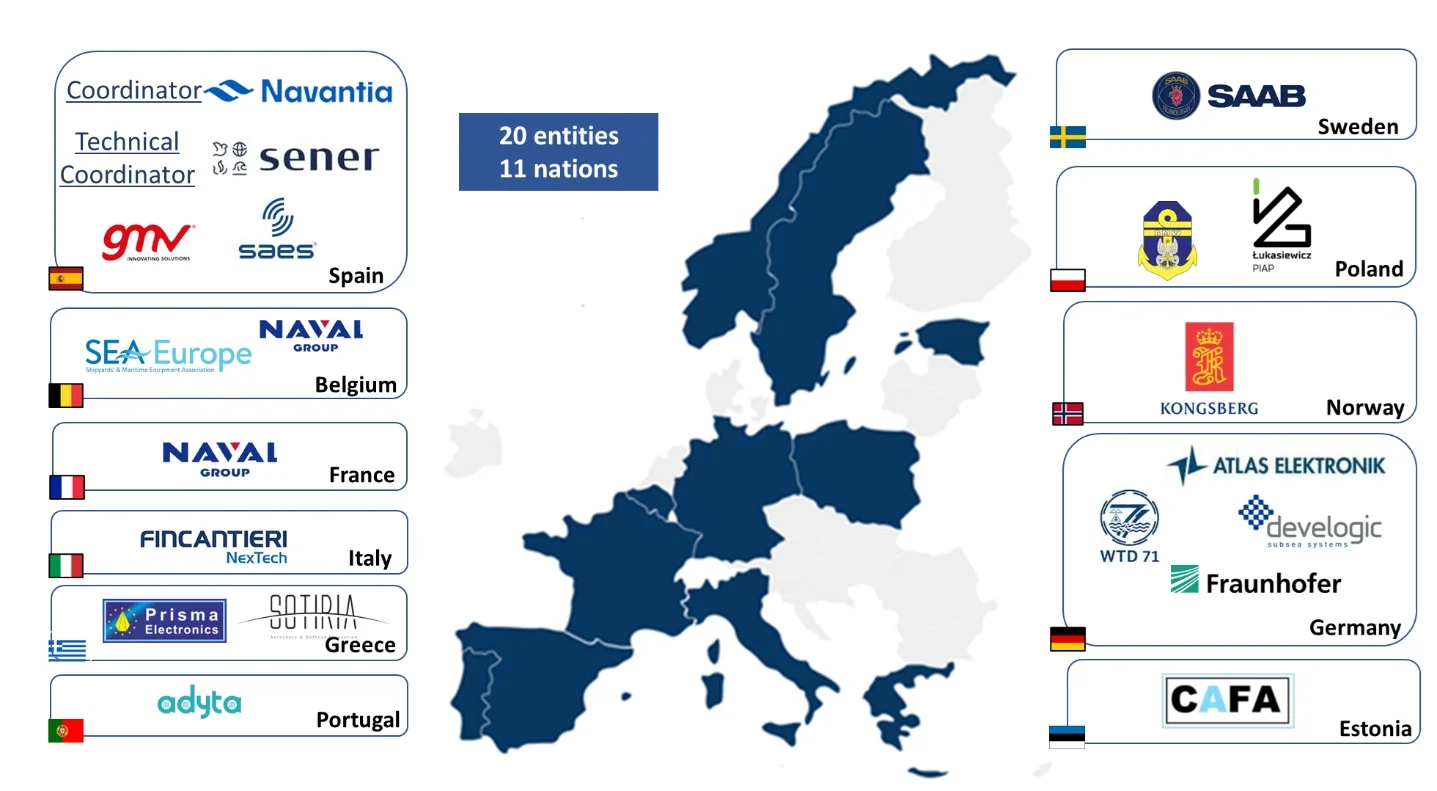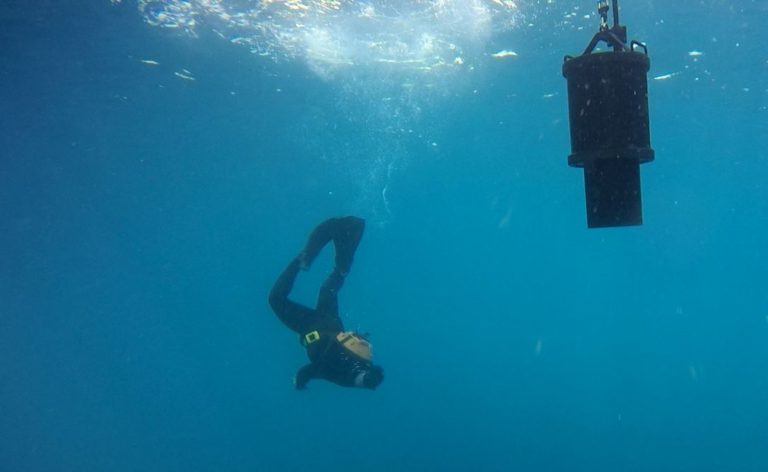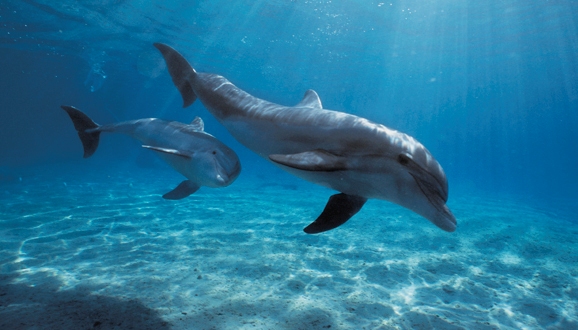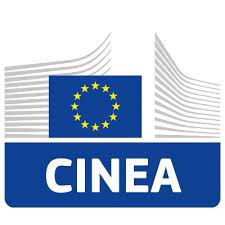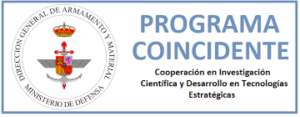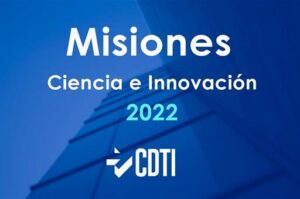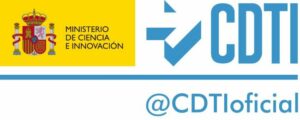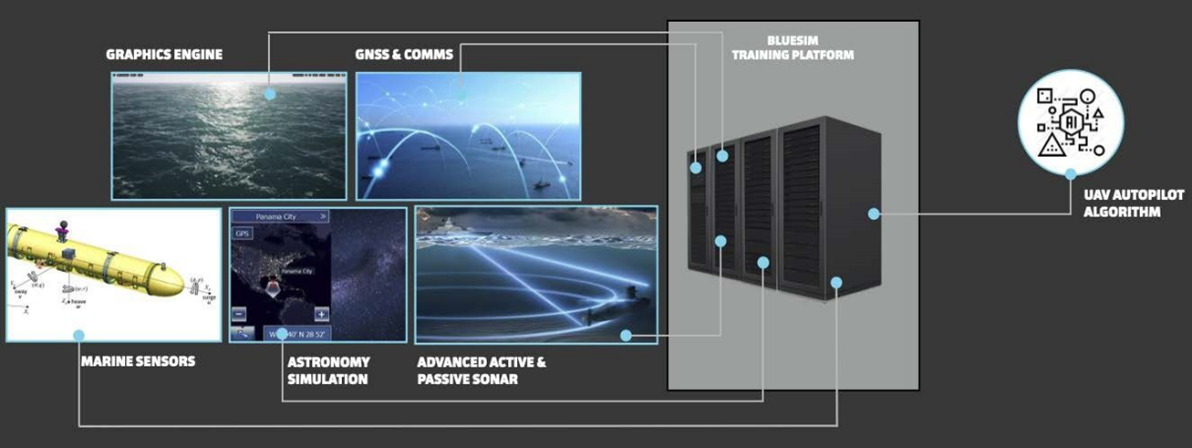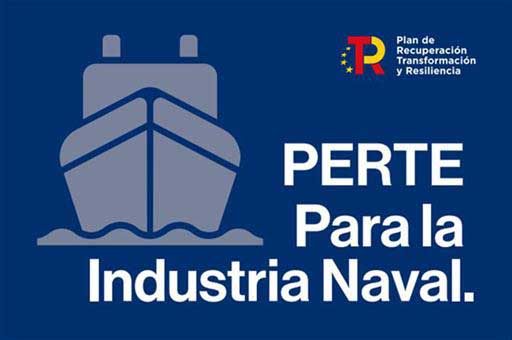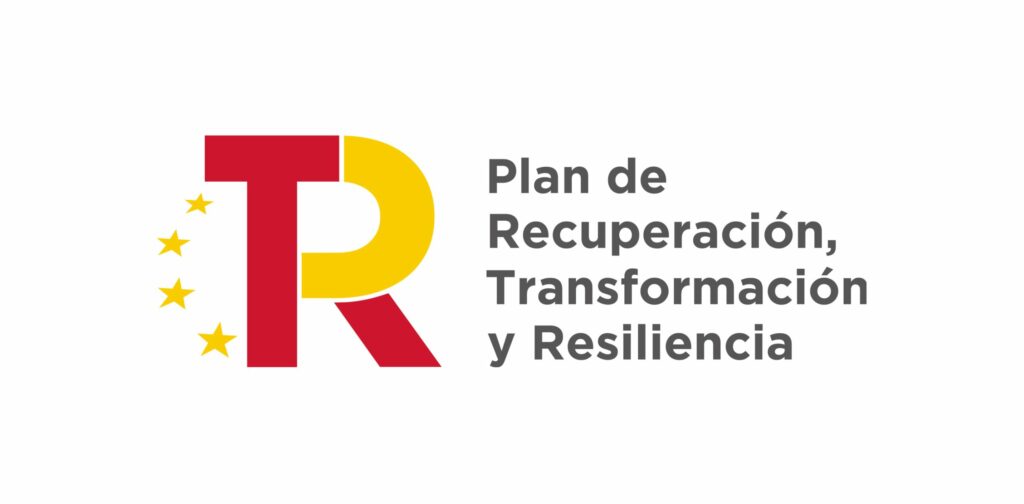SAES ha jugado un papel fundamental en el proyecto ECoSS – European Catalogue of Sound Signatures (CINEA/2022/OP/0019), enfocado en el análisis del ruido submarino y la protección del medio marino. Este proyecto, que cuenta con el respaldo de la Unión Europea y concluye oficialmente el 28 de marzo, ha permitido la creación de un catálogo digital de firmas acústicas y el desarrollo de herramientas basadas en inteligencia artificial para clasificar sonidos submarinos.
The ECoSS project – European Catalogue of Sound Signatures (CINEA/2022/OP/0019) will conclude on the 28th of March, establishing itself as a benchmark in underwater noise research and its impact on the marine environment. Driven by a consortium of leading entities in acoustic technology and marine conservation, such as the Naval and Maritime Technology Centre (CTN) and SAES (Sociedad Anónima de Electrónica Submarina), it once again demonstrates its commitment to marine environmental protection, reinforcing its role as key players in the sustainability of oceanic ecosystems. Alongside them, ETT Solutions, Witteveen+Bos, ICES, SHOM, OnAir, SMHI, and the support of the European Union, ECoSS lays the foundation for the effective protection of marine ecosystems against acoustic pollution.
One of the main achievements of the project has been the creation of a digital catalogue of underwater acoustic signatures, a fundamental tool for the monitoring and management of underwater noise. Given their expertise in acoustic technologies and underwater sound modelling, CTN and SAES, along with the other companies in the consortium, have played a crucial role in the design and development of a system that enables the identification and classification of underwater noise sources. This advancement facilitates decision-making in environmental regulation and the design of mitigation strategies. Furthermore, it promotes collaboration between researchers and environmental entities, ensuring the continuous updating of databases and the contribution of new knowledge. The initiative aligns with the European Union’s Open Science Policy, the INSPIRE Directive (Infrastructure for Spatial Information in Europe), and FAIR principles (Findable, Accessible, Interoperable, and Reusable), ensuring that data is accessible and reusable for the scientific community and regulatory bodies.
The project has also developed innovative tools based on artificial intelligence for the classification of underwater sounds. The implementation of advanced models that enable precise identification of sound sources optimizes conservation efforts and reduces the impact of maritime traffic and other human activities on marine biodiversity. The integration of AI models enhances the response capability to acoustic threats, facilitating the adoption of preventive measures for the benefit of vulnerable marine species.
The success of ECoSS, made possible through the collaboration between the business sector, the scientific community, and public administrations, “has demonstrated how the combination of the technological expertise of participating companies, the academic knowledge of scientific institutions, and the support of governmental bodies allows for developing innovative solutions with a practical and applicable approach to environmental management,” according to Noelia Ortega, director of CTN. She further adds, “this synergy has been key to addressing underwater noise challenges effectively and sustainably, confirming that open innovation ensures scientific advances translate into useful tools for decision making and marine conservation. It is the future.”
Sara García, Chief Strategy, Innovation and Sustainability Officer at SAES, emphasizes that “for SAES, data-driven methods are an essential tool to enhance the understanding and protection of the marine environment. Our technological capabilities are dedicated to dual applications and marine environmental protection, allowing us to significantly contribute to the identification and mitigation of underwater noise. These capabilities are fundamental to ensuring tangible benefits for marine biodiversity and exploring new opportunities in the field of underwater acoustics.”
Furthermore, Rosa Martínez, Head of Digital Technologies at CTN, points out that “ECoSS represents a clear example of how collaboration between research entities and companies drives the development of innovative digital tools for the protection of the marine environment, ensuring data accessibility and reusability in accordance with FAIR principles (Findable, Accessible, Interoperable, and Reusable).” Martínez also adds, “Providing the scientific community with such tools is essential to expanding the knowledge of underwater ecosystems, especially in a context where identifying and mitigating noise is one of the greatest challenges, as these tools reinforce informed decision-making and actively contribute to the conservation and sustainability of marine biodiversity.”
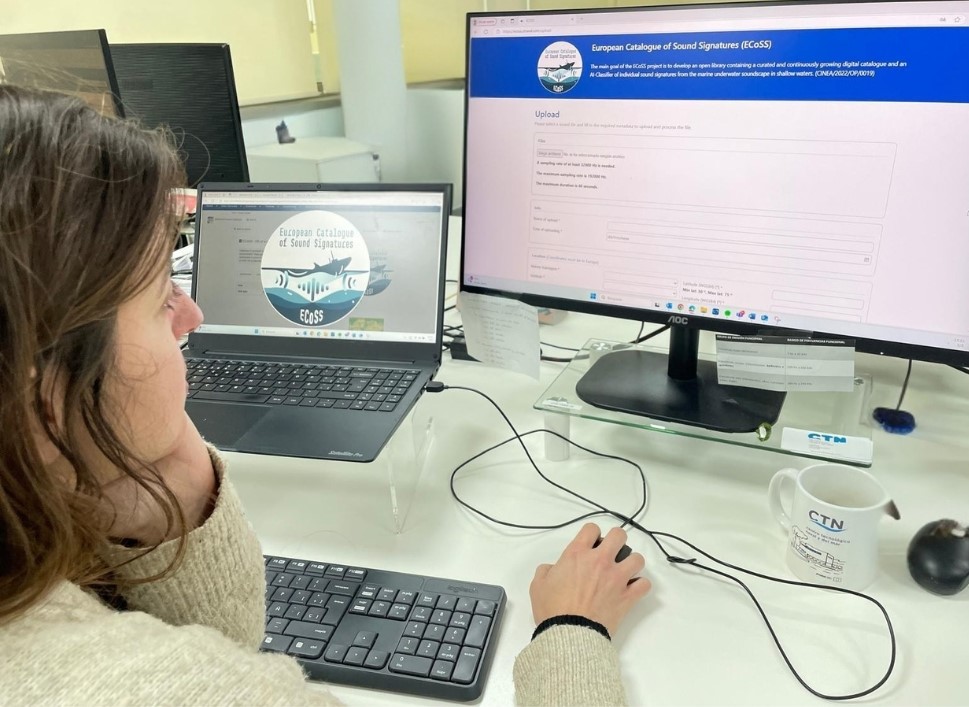
Presentation of Results in Brussels
The results of ECoSS, presented last month in Brussels, brought together experts in marine research, acoustic technology, and ocean conservation. The event included sessions on the challenges of underwater noise, the development of the digital catalogue, and innovation opportunities in the sector. During the meeting, the importance of identifying and cataloguing underwater acoustic signatures for a better understanding of human-generated noise and its relation to the marine environment was highlighted. The applications of the catalogue in the implementation of measures under the Marine Strategy Framework Directive (MSFD) were also explored.
Pablo Aguirre, Systems Development Engineer at SAES, responsible for the developments carried out in this project by SAES, stated that “the ECoSS project has been crucial in establishing a digital catalogue of underwater acoustic signatures, complemented by advanced AI tools for classification. These technologies not only optimise conservation efforts but also open up new possibilities in various areas related to underwater sound. The ability to proactively identify and mitigate underwater noise impacts strengthens our response to acoustic challenges, ensuring tangible benefits for marine biodiversity and generating additional opportunities.”
From CTN, the engineer and head of the AI line, José Antonio García, added, “ECoSS has been the first step towards a better understanding and comprehension of the marine environment. The provision of AI models capable of classifying acoustic signals allows scientists worldwide to catalogue their own signals and participate in the continuous growth of the generated acoustic signature catalogue. This catalogue lays the foundation for scientists and engineers to create new models adaptable to niche domains, which will assist in generating technological solutions in the area of underwater acoustics.”
The conclusion of ECoSS marks the end of a crucial phase in the study of underwater noise, but it is just another step in opening new opportunities for developing innovative strategies in marine conservation. Indeed, the knowledge generated by this project will serve as a basis for future research and regulatory initiatives, ensuring a healthier ocean for generations to come.
